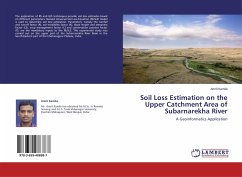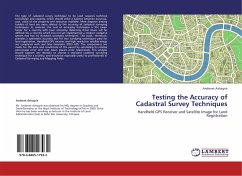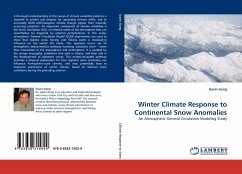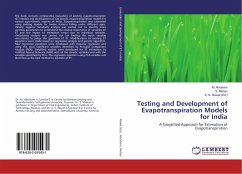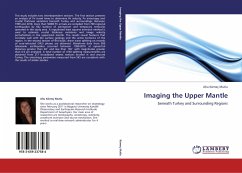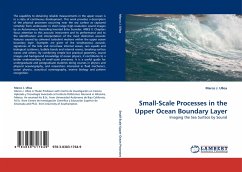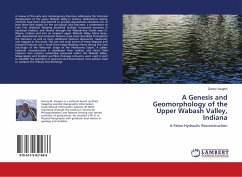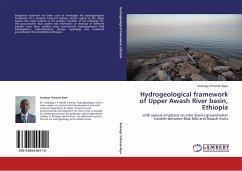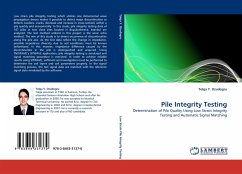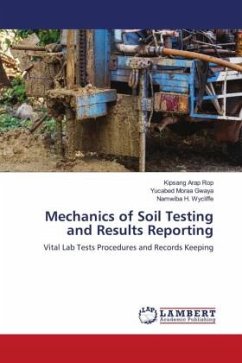
Winter Flow Testing of the Upper Qu'Appelle River
Versandkostenfrei!
Versandfertig in 6-10 Tagen
20,99 €
inkl. MwSt.

PAYBACK Punkte
10 °P sammeln!
This study investigates a winter flow test along the Upper Qu Appelle River during the 2012 2013 winter. The test was carried out to determine the river s conveyance capacity at higher flows under ice and to monitor ice cover behaviour with increasing and fluctuating flows. Phase 1 of the project was a pre-assessment of the test to determine how flows should be regulated to establish an ice cover in a manner that reduces the risk of freeze-up jamming and lessens its effects on scouring and erosion. Phase 2 was the actual flow test during which the ice cover was monitored at regular intervals t...
This study investigates a winter flow test along the Upper Qu Appelle River during the 2012 2013 winter. The test was carried out to determine the river s conveyance capacity at higher flows under ice and to monitor ice cover behaviour with increasing and fluctuating flows. Phase 1 of the project was a pre-assessment of the test to determine how flows should be regulated to establish an ice cover in a manner that reduces the risk of freeze-up jamming and lessens its effects on scouring and erosion. Phase 2 was the actual flow test during which the ice cover was monitored at regular intervals throughout the winter with surveys of water level profiles and ice thickness measurements. This was accompanied by a deterministic modelling exercise to simulate the degree of ice cover thickening and backwater staging during freeze-up for various discharge scenarios. An empirical model helped track and predict ice thicknesses and ice thickening rates during the course of the flow test. Changes in the total fractions of suspended and dissolved solids and phosphorus were also monitored to assess general impacts of winter flow regulation on water quality.



